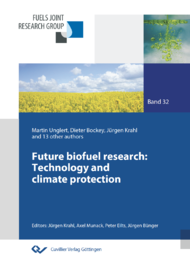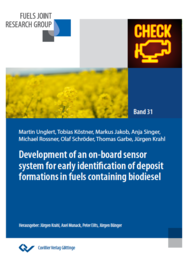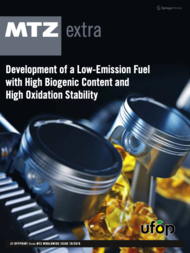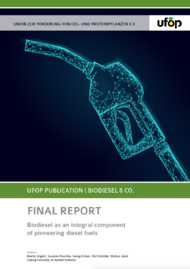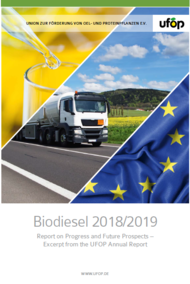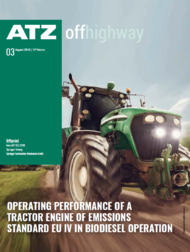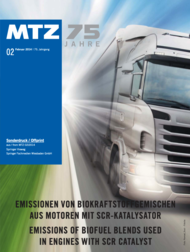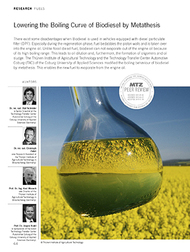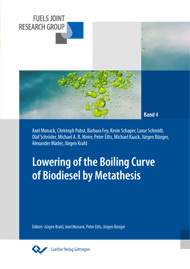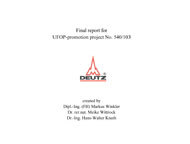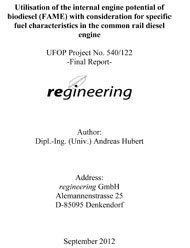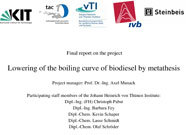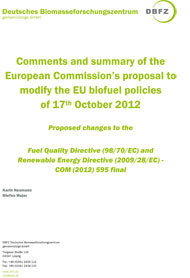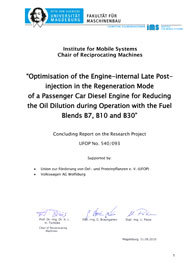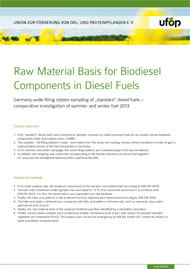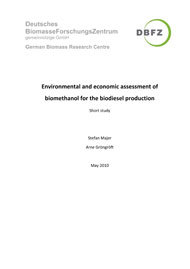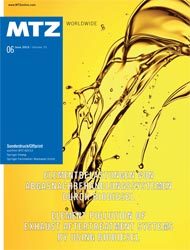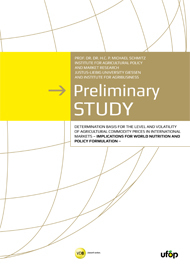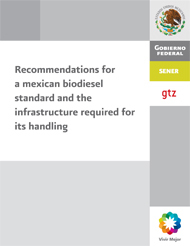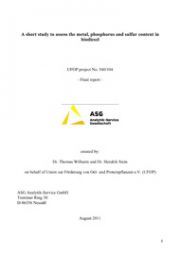Events
18.09. - 19.09.2025
UFOP Pflanzenprotein Symposium 2025 "Die VIER von HIER"
16.01. - 25.01.2026
Grüne Woche 2026
19.01. - 20.01.2026
23. Internationaler Fachkongress für erneuerbare Mobilität „Kraftstoffe der Zukunft 2026“, Berlin
18.09. - 19.09.2025
UFOP Pflanzenprotein Symposium 2025 "Die VIER von HIER"
16.01. - 25.01.2026
Grüne Woche 2026
19.01. - 20.01.2026
23. Internationaler Fachkongress für erneuerbare Mobilität „Kraftstoffe der Zukunft 2026“, Berlin
18.09. - 19.09.2025
UFOP Pflanzenprotein Symposium 2025 "Die VIER von HIER"
16.01. - 25.01.2026
Grüne Woche 2026
19.01. - 20.01.2026
23. Internationaler Fachkongress für erneuerbare Mobilität „Kraftstoffe der Zukunft 2026“, Berlin


 Union zur Förderung von Oel- und Proteinpflanzen E.V.
Union zur Förderung von Oel- und Proteinpflanzen E.V.

